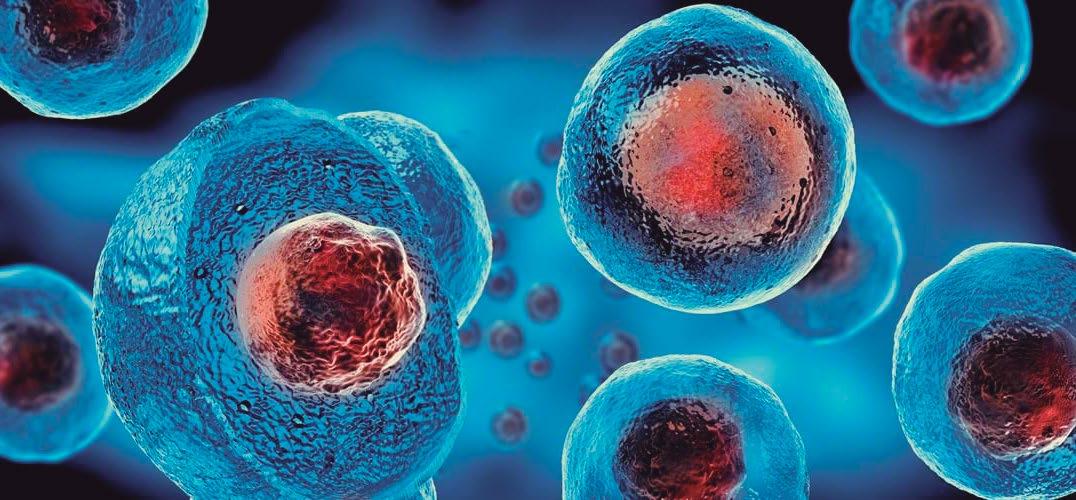32
ANTIMICROBIALS: WHAT THEY ARE AND WHAT THEY MEAN FOR HUMAN BEINGS Guillermo Caletti, Ph.D. Chief of Clinical Operations at Boehringer Ingelheim for Mexico and Central America.
WHAT ARE ANTIMICROBIALS AND WHAT IS ANTIMICROBIAL RESISTANCE?
RESEARCH
Antimicrobials, including antibiotics, antivirals, antifungals, and antiparasitics, are medicines used to prevent and treat infections in humans, animals, and plants. Antimicrobial resistance (AMR) occurs when bacteria, viruses, fungi, and parasites change over time and no longer respond to drugs, making it difficult to treat infections and increasing the risk of disease spread, serious illness, and even death. As a result of this resistance, antibiotics and other antimicrobial drugs become ineffective and infections become increasingly difficult or impossible to treat. WHY IS ANTIMICROBIAL RESISTANCE A GLOBAL CONCERN? The emergence and spread of drug-resistant pathogens that have acquired new resistance mechanisms, resulting in antimicrobial resistance, continues to threaten our ability to treat common infections. Of particular concern and alarm is the rapid global spread of multidrug-resistant and pan-resistant bacteria (also known as “superbugs”), which cause infections that cannot be treated with existing antimicrobial drugs, such as antibiotics.
The clinical pipeline of new antimicrobials has run dry. In 2019, the World Health Organization identified 32 antibiotics in clinical development that address its list of priority pathogens, of which only six were classified as innovators. In addition, lack of access to quality antimicrobials remains a major problem. Antibiotic shortages are affecting countries at all levels of development, and particularly health systems. Antibiotics are becoming increasingly ineffective as drug resistance spreads around the world, leading to harder-to-treat infections and more deaths. New antibacterials are urgently needed, in order, for example, to treat carbapenemresistant gram-negative bacterial infections, included in the WHO’s list of priority pathogens. But if we as individuals, physicians, and patients do not change the way we use antibiotics, these new drugs will suffer the same fate as the current ones, eventually becoming ineffective. The cost of AMR to national economies and their healthcare systems is significant, affecting the productivity of both patients and their caregivers through prolonged hospital stays and the need for more costly intensive care. Without effective tools for the prevention and proper treatment of drug-resistant infections, as well as better access to new and existing quality-assured antimicrobials, the number of people for whom treatment fails or who will die from infections is sure to increase.

















